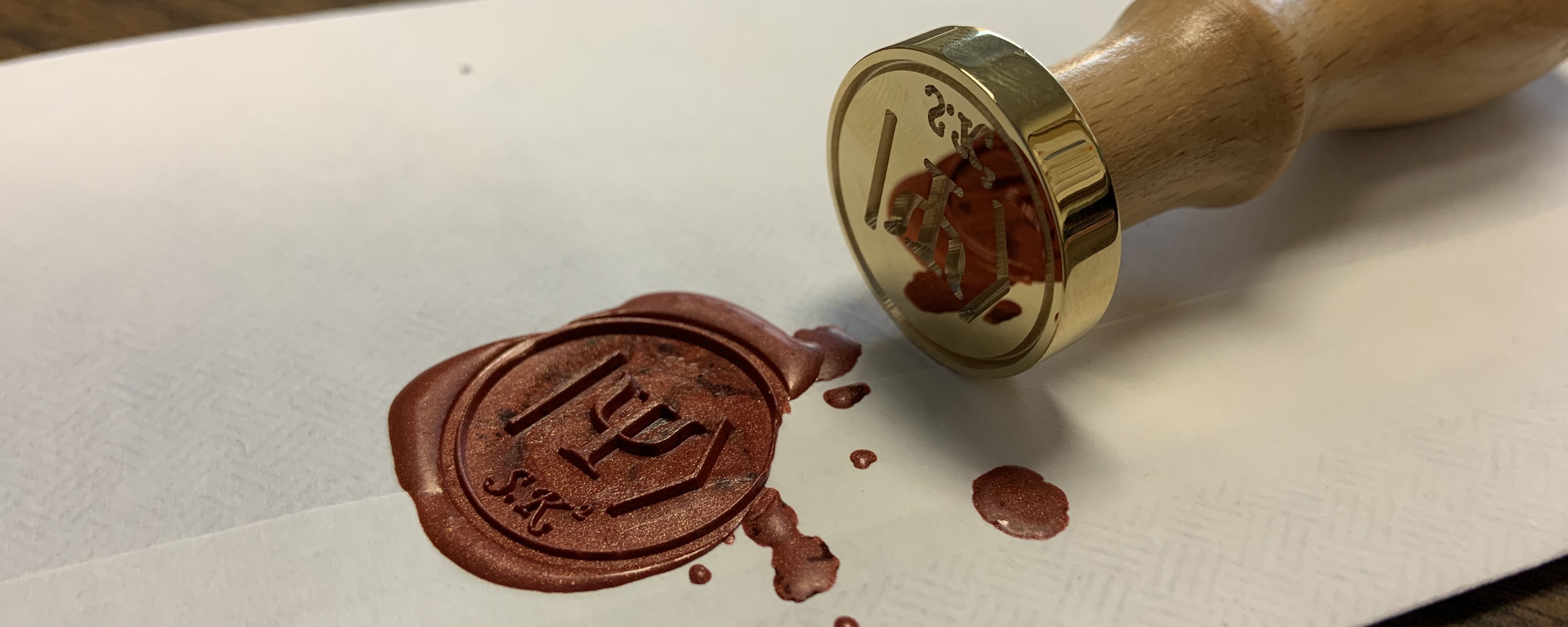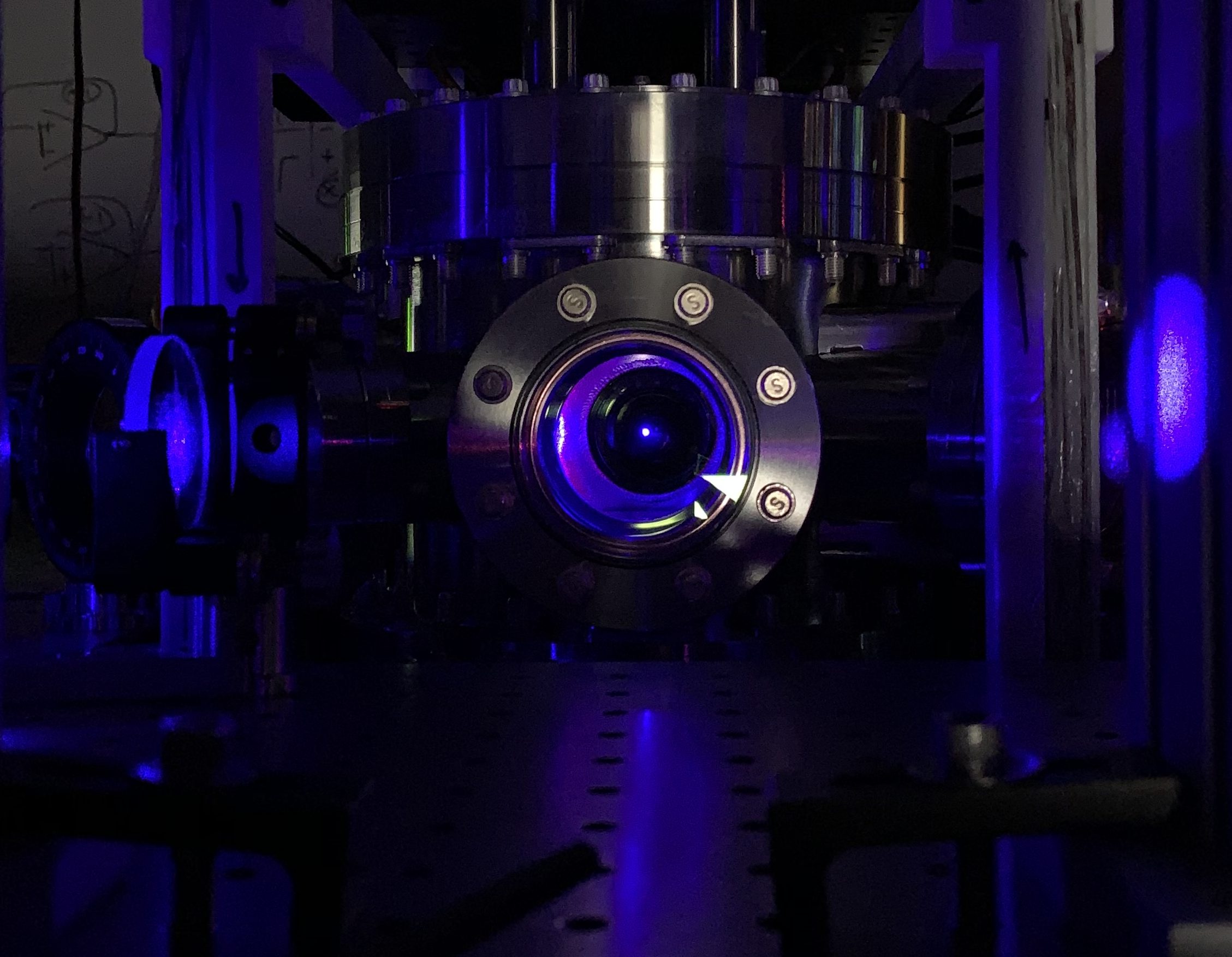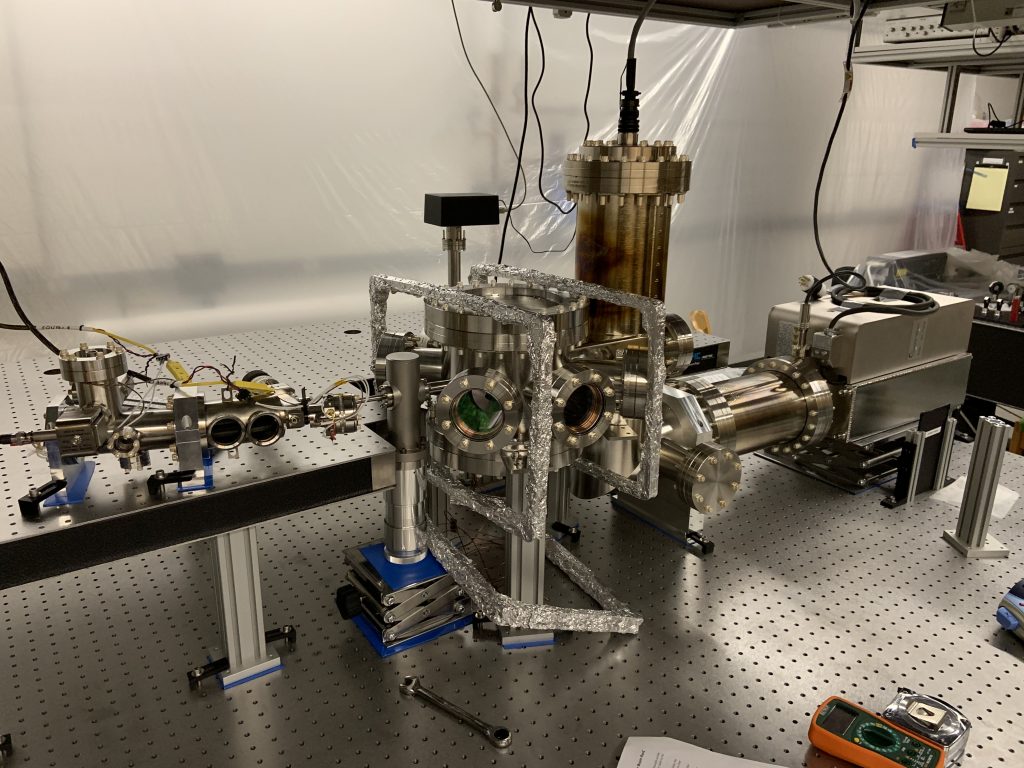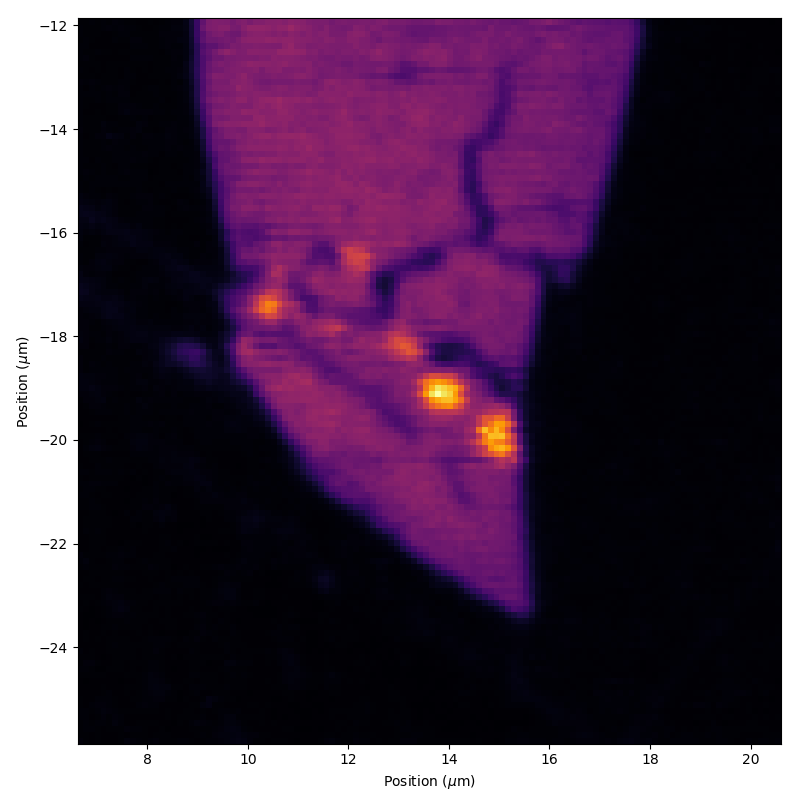Shimon’s paper with co-author Professor Shelby Kimmel of Middlebury College, “No-go bounds for quantum seals,” was published online in Physical Review A today. The paper is a theoretical analysis of the feasibility of “quantum seals.” And in case you’re wondering, no, this isn’t just an aquatic version of Schrödinger’s cat… The kind of seals we’re talking about here are the quantum version of the wax seals used to secure letters and packages, not the seals that bark and eat sardines.
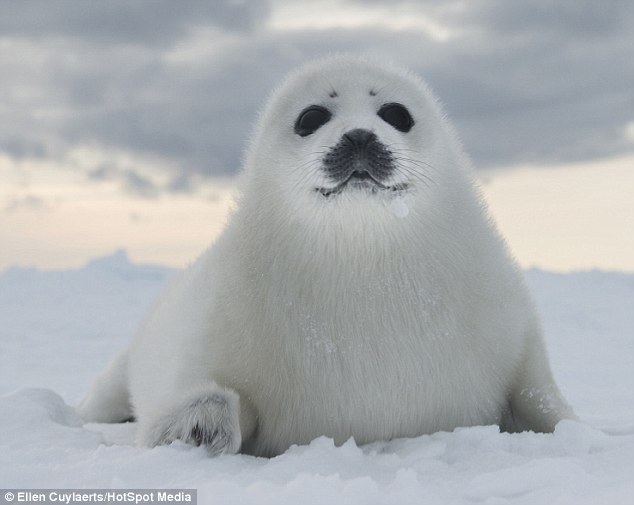
In our paper we analyze whether it’s possible to use quantum mechanics to encode a message such that the receiver of the message can read it without additional communications with the sender, but the sender can tell whether or not the receiver (or someone else) has read the message and broken the “quantum seal.” While this at first might seem doable because of the disturbances measurements tend to create in quantum mechanics, we build on previous work to prove that it is sadly impossible to make a quantum seal that both gives the receiver of the message a high probability of successfully reading it, and the sender a high probability of telling if the seal has been broken or not.
